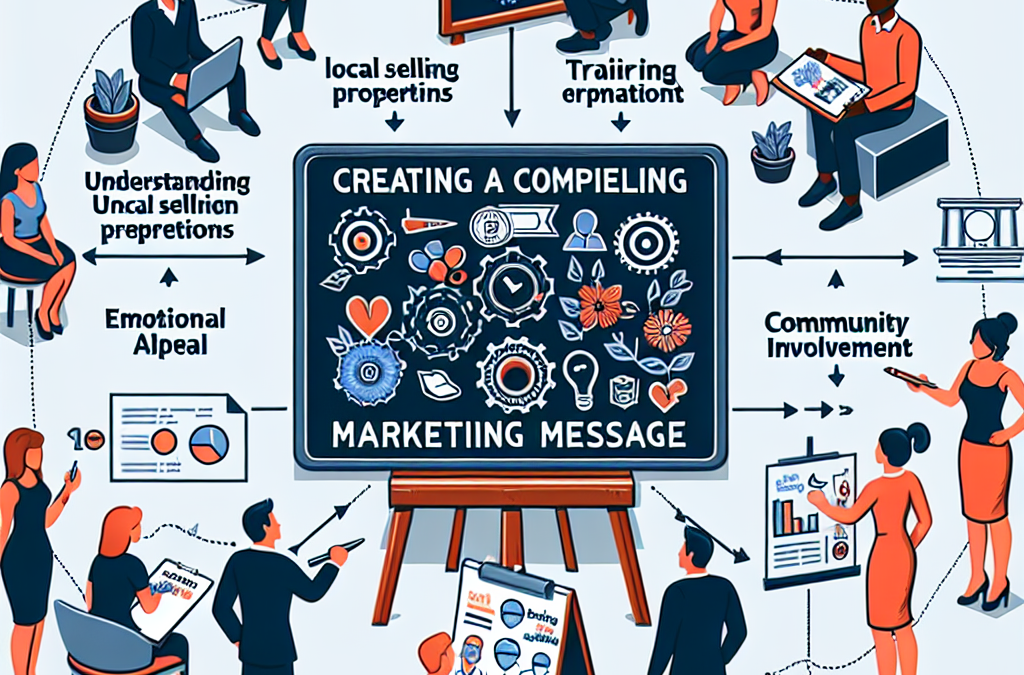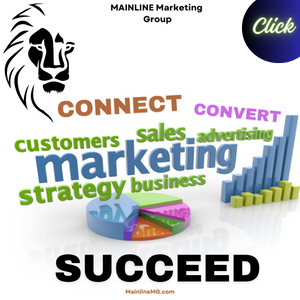Understand Your Audience
Identify Your Target Demographics
When I first began my journey in local marketing, one of the most valuable lessons I learned was to really get to know my audience. Who are they? What are their interests? Understanding your target demographic is key to crafting messages that resonate.
For instance, if you’re targeting busy parents, showing how your service makes their life easier can be a game changer. On the other hand, if your audience is college students, tapping into trends and contemporary language might just do the trick!
Try creating customer personas; it helps visualizing who you’re speaking to. The better you know them, the easier it will be to communicate your message effectively.
Research Local Trends
Keeping an ear to the ground for local trends can help you stay relevant. For example, if there’s a new health craze or community event that’s gaining traction, including references to these in your marketing messages can create a connection.
Consider attending local meet-ups or participating in community forums to hear what locals are discussing. These interactions can provide real-time insights that could be beneficial for your marketing strategy.
Moreover, don’t forget social media; platforms like Facebook and Instagram are gold mines for spotting trends. By tapping into these trends, you’ll craft messages that feel timely and engaging.
Gather Feedback from Your Audience
Feedback can be a treasure trove of information. Initially, I underestimated how important it was to ask my audience what they think; it was a game changer! Once I started running surveys or asking for reviews, I learned a ton about what my ideal clients wanted.
Engage with customers post-purchase. A quick follow-up email not only gives you insights on their experience but also opens a line of communication. They feel valued, and you harvest valuable data at the same time.
Building relationships is what it’s all about. This two-way street in communication can help refine your marketing message and make it even more compelling.
Craft a Unique Selling Proposition (USP)
Define What Sets You Apart
Creating a unique selling proposition is like your brand’s heartbeat. When I first started, I struggled to understand why customers should choose me over others. But once I figured that out, it changed everything.
Take a step back and assess what makes your product or service unique. Perhaps it’s your dedication to quality, your local roots, or maybe even your customer service. Highlighting that uniqueness in your messaging draws attention and can make a lasting impression.
Don’t forget to communicate this uniqueness clearly. You want your audience to grasp this concept quickly the moment they see your marketing materials. It’s the hook that gets them interested!
Keep It Short and Sweet
In my experience, brevity is key. People’s attention spans are shorter than ever, and they’ve got just a few seconds to decide if your message is worth their time. So making your USP clear and to the point will keep them engaged.
Try employing punchy phrases or taglines that encapsulate your USP. This not only makes your message stick but also boosts your brand recall in the long run.
A friendly tip: Always test how your audience reacts to different lengths of messages. Sometimes less really is more!
Use Compelling Language
Words have power! I’ve had great success using language that resonates emotionally with my audience. Instead of being too technical or overly formal, try to engage with a conversational tone that feels personal and relatable.
Try to evoke emotion in your messaging; it might be nostalgia, excitement, or even urgency. Whichever emotional trigger you go for, make sure it aligns with your brand and feels authentic.
Finally, use calls to action that inspire, rather than just direct. Encourage your audience to “Join us today!” rather than “Sign up.” The former feels inviting, while the latter feels a bit pushy.
Test and Optimize Your Message
Run A/B Tests
When I started understanding the importance of testing, my marketing game leveled up! A/B testing allows you to see what resonates better with your audience. Create two versions of your marketing message, change one element (like a headline or image), and see which performs better.
This process can be a little tedious, but it’s incredibly revealing. You’re basically letting your audience decide what they prefer. And trust me, the insights gained from testing can steer your marketing strategy in the right direction.
Remember, it’s not about making it perfect the first time. It’s about learning and evolving based on feedback and performance.
Optimize Based on Performance Metrics
Once you’ve implemented your messages, don’t just sit back. Keep an eye on performance metrics—click rates, engagement levels, and conversion stats. These numbers tell a story, and I’ve learned to trust them like my fandom!
If something’s not performing well, don’t be afraid to tweak it. Sometimes a simple change in wording or imagery can make all the difference. Always be in the mindset of refinement.
Ultimately, your goal is to continuously improve your local marketing message. Stay flexible and be open to change!
Stay Updated with Industry Changes
The digital marketing landscape is constantly evolving. I just can’t emphasize enough how important it is to stay updated with the latest tools, trends, and techniques. What worked six months ago might not work now.
Follow marketing blogs, attend webinars, or join networking groups. Keeping your knowledge fresh will inspire you and give you new ideas to incorporate into your messaging.
Staying updated can also inspire confidence in your audience that you are a current authority in your field. This trust can strengthen your audience’s connection with your message.
Utilize Local SEO Strategies
Optimize Your Website for Local Searches
Local SEO is an absolute must for member-oriented businesses. When I realized that most of my customers were searching for services near them, optimizing my website was the obvious next step. By using local keywords relevant to your area, you increase your chances of being found in search results.
Make sure to include location-based keywords naturally throughout your website content. For example, if you’re a cafe in Denver, incorporating phrases like “best coffee in Denver” will be beneficial. Plus, this makes your message feel tailored to local residents!
Claim your business on Google My Business. This enhances visibility and helps local customers find you when they perform searches related to your services.
Encourage Customer Reviews
One thing I’ve learned is that customer reviews can act as powerful social proof. Encourage your satisfied customers to leave reviews on platforms like Google and Yelp. These testimonials not only boost your credibility but also can influence potential customers when they’re making a decision.
Consider following up with customers after they’ve made a purchase. A simple “How did we do?” or “We’d love your feedback!” can prompt them to share their experience publicly, which helps attract more local customers.
Be sure to respond to reviews—both positive and negative. Engaging with your audience makes them feel valued and demonstrates that you genuinely care about their experiences.
Engage in Local Community Events
Finally, get out there! Engaging in community events can put your brand in front of potential customers in a relaxed and friendly setting. This is where I really found a deeper connection with my local audience.
Sponsoring or participating in local festivals, markets, or charity events can really humanize your brand. When people see you supporting their community, they feel more inclined to support your business in return.
Use these opportunities to share your message. Bring flyers, business cards, or even promotional giveaways that communicate your branding clearly. It elevates your visibility and helps to create memorable impressions!
FAQ
- What is a local marketing message?
- A local marketing message is a communication strategy aimed at engaging customers in a specific geographical area, highlighting what makes a business unique and appealing to its local audience.
- Why is understanding the audience crucial in local marketing?
- Understanding your audience allows you to tailor your marketing messages to meet their needs, interests, and pain points, making them more compelling and effective in driving engagement.
- What is a Unique Selling Proposition (USP)?
- A Unique Selling Proposition is a clear statement that describes the unique benefits or features of your product or service that differentiate you from the competition.
- How can I gather feedback from my audience?
- You can gather feedback through surveys, social media interactions, or directly asking customers about their experience after a purchase. This feedback can guide your marketing strategy.
- How often should I test and optimize my marketing message?
- It’s best to test and optimize consistently over time—especially after major marketing campaigns, or whenever you notice changes in engagement or feedback from your audience.


